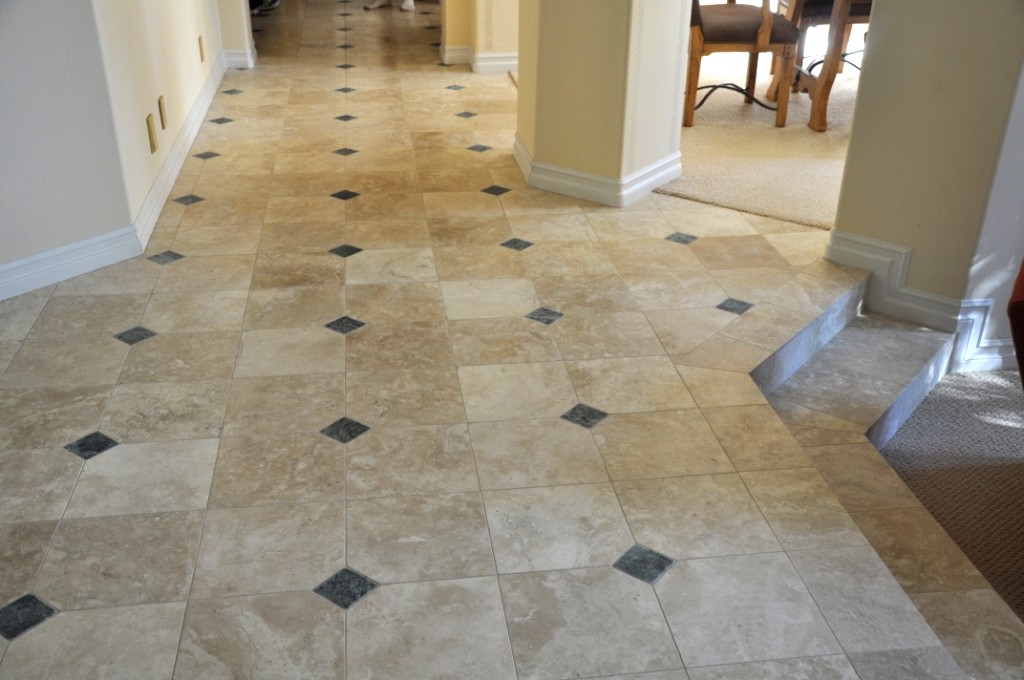The art of stone restoration is an art that not only maintains the charm of old constructions but also increases the significance of our properties. With the growing awareness of sustainable practices and the significance of caring for our history, many homeowners are exploring the field of stone restoration. Whether a crumbling front, a aged patio, or detailed interior stonework, revitalizing these surfaces can breathe new life into our homes while preserving their historic charm.
On the other hand, starting the journey of stone restoration can be overwhelming without the right guidance. From identifying when it’s time to revive your stone surfaces to understanding the typical pitfalls to avoid, this comprehensive guide aims to prepare you with the knowledge you need. We’ll cover key topics such as the ideal methods for upkeeping your stone surfaces, the craft of protecting historic stone, and whether to opt for DIY methods or bring in professionals. Discovering the potential of your stone surfaces has never been more accessible, and it all starts with learning about the art of restoration.
Typical Pitfalls in Stone Refurbishment
One of the most frequent mistakes in rock refurbishment is neglecting to assess the variety of stone being restored. https://stonerestoration.com.au/services/marble-restoration-sydney/ have unique properties that influence their sturdiness and maintenance needs. For instance, chalkstone is more porous than quartz and needs different cleaning and sealing approaches. Failing to recognize the type of rock can cause using unsuitable cleaning products or methods, eventually causing more harm than good. To avoid this, take the time to study and understand the specific characteristics of your rock surfaces.
Another usual mistake is overzealous cleaning. Many individuals mistakenly think that intensive scrubbing or using strong cleaners will yield improved results. However, this commonly leads to damage to the surface, etching, or discoloration. Mild cleaning solutions and techniques should be emphasized to preserve the stone’s integrity. Routine maintenance with appropriate products is crucial, as it helps keep the stone looking its optimal while lessening the necessity for intensive restoration actions.
Lastly, improper sealing is a blunder that can substantially impact the longevity of restored rock surfaces. Some homeowners apply sealants without thoroughly cleaning the stone first or select sealants that are not compatible for the specific stone type. This error can cause retained dirt and moisture, resulting in stains or damage over time. It is important to completely clean and dry the stone before sealing, using a product that fits the rock's unique properties. Taking these actions will ensure that your restoration work are effective and durable.
Essential Techniques for Rock Maintenance
One of the key aspects of stone maintenance is routine cleaning. Depending on the variety of stone, using the appropriate cleaning agents is crucial to avoid damage. For natural stones like granite, a mild pH-balanced cleaner is often best. Avoid harsh chemicals as they can erode the stone’s finish. Using a gentle cloth or mop ensures that you don’t scratch the surface, while routine cleaning can prevent the buildup of dust and grime that dulls the stone's natural beauty.
Coating the stone is another vital technique to consider in your maintenance routine. Sealing helps to protect the stone from spots and moisture, which can lead to deterioration over time. Depending on the type of stone, the frequency of sealing can vary. For case, porous stones such as travertine may require more frequent sealing compared to denser materials like quartz. Regular inspections can help you determine when it’s time to reapply the sealant, ensuring your stone surfaces remain in optimal condition.
Finally, addressing minor repairs promptly can save you from more significant issues down the line. This includes filling in chips, cracks, or scratches with suitable stone filler. Taking immediate action prevents further damage and maintains the aesthetic appeal of your stone surfaces. Additionally, consulting with professionals for more major repairs can help you avoid mistakes that could compromise the integrity of the stone. By incorporating these techniques into your maintenance routine, you can ensure your stone surfaces remain beautiful and resilient for years to come.
The Value of Structural Soundness in Renovation
When undertaking the restoration of stone, ensuring the structural integrity of the stones is essential. Stone surfaces can often serve as integral components of a structure's stability, especially in heritage buildings. Any restoration projects must focus on the assessment of the stone's existing condition, spotting any weaknesses or damage that may compromise the structure's stability. Overlooking this element can lead to further damage, causing more extensive and expensive repairs down the line.
In addition to maintaining the structural safety of the structure, upholding structural integrity also is crucial in the visual appeal of the restoration of stone. Well-restored stone not only looks beautiful but also augments the overall visual appeal of a vintage building. Retaining that the authentic traits of the stone are maintained while bolstering its strength can significantly contribute to the building's cultural significance. Renovators must be knowledgeable about the distinct characteristics of the stone types they use and choose the appropriate techniques and materials to preserve both performance and design.
Ultimately, maintaining structural integrity throughout stone restoration is not just about the immediate results; it is about the lasting preservation of the structure. A effectively restored stone surface can resist natural conditions and daily use, ensuring its longevity for future generations. As we engage in restoration projects, we must dedicate ourselves to methodologies that uphold the structural soundness of our properties, allowing us to celebrate the past while ensuring the upcoming generations.

